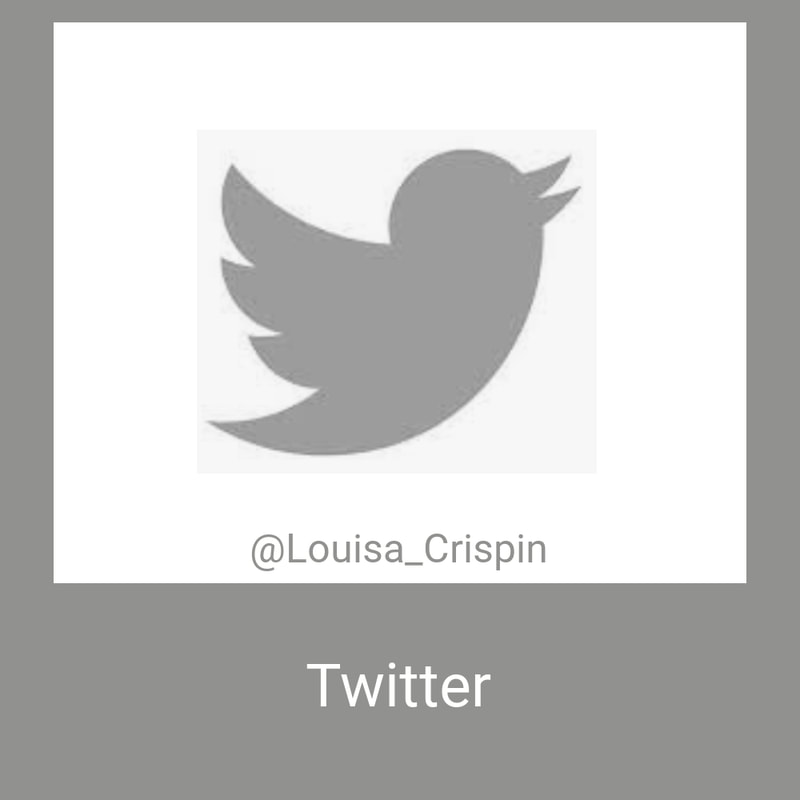|
Last night I followed a twitter thread debating the pros and cons of beekeeping versus supporting the increase in our native pollinators. Don't get me wrong, I love honey and I'm really happy for you if you are passionate about keeping bees and prepared to put in the time - they are fascinating, clever creatures. The best honey comes local, sourced from dedicated beekeepers. And I'm well aware that many beekeepers are good conservationists but should we be worried about the trend for keeping honeybees?
This includes
So rather than deciding to have a bee hive, try encouraging more wild bees into your garden in order to help save the planet. On balance there is definitely room for both, my main concern is that the conservation message is being misunderstood as many people are unaware of the different types of bees and the role of pollinators. I have found this a particularly difficult post to write - I would love to hear your views, please comment below: Leafcutter Bee on Knappweed If you would like to read more - these are some websites where I found further information:
What are nectar and pollen : www.navmi.co.in/what-are-nectar-and-pollen/ The problem with honeybees : www.scientificamerican.com/article/the-problem-with-honey-bees/ Bumblebee Conservation Trust statement on Honeybees etc : www.bumblebeeconservation.org/our-position-statements/ Buglife - B-Lines (nature corridors) Project : www.buglife.org.uk/our-work/b-lines/
0 Comments
Leave a Reply. |
If I had known then what I know now
I would have started this diary years ago If you would like irregular email updates for this blog and/or my studio news, you can sign up here:
Archives
May 2022
Categories
All
|
Louisa Crispin
|
Oak Cottage, Talbot Road,
Hawkhurst Kent TN18 4LU (UK) |
|
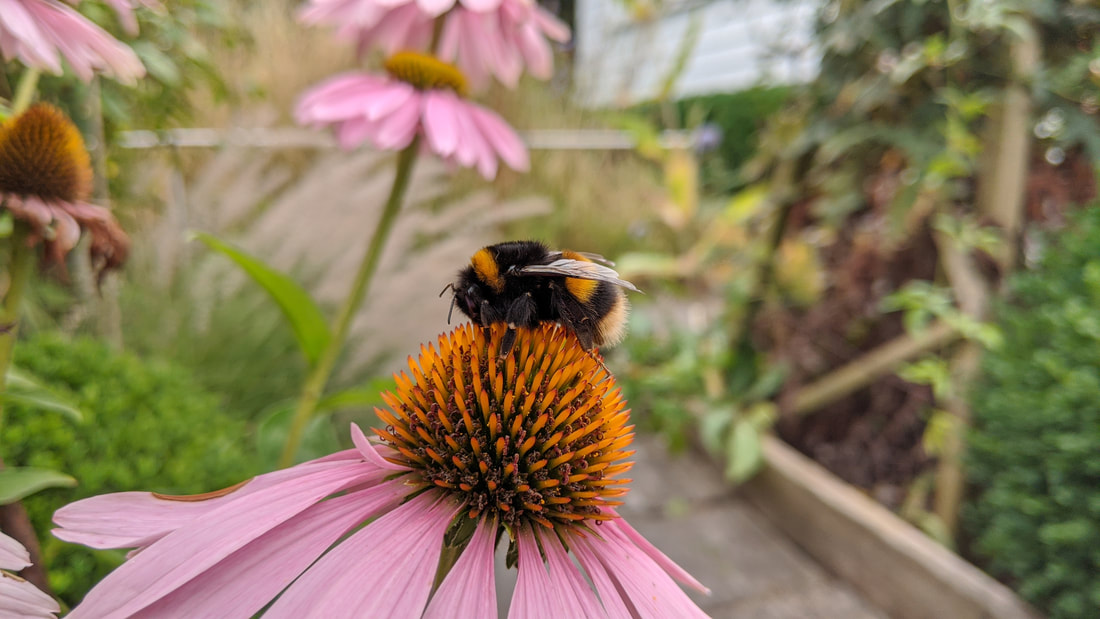

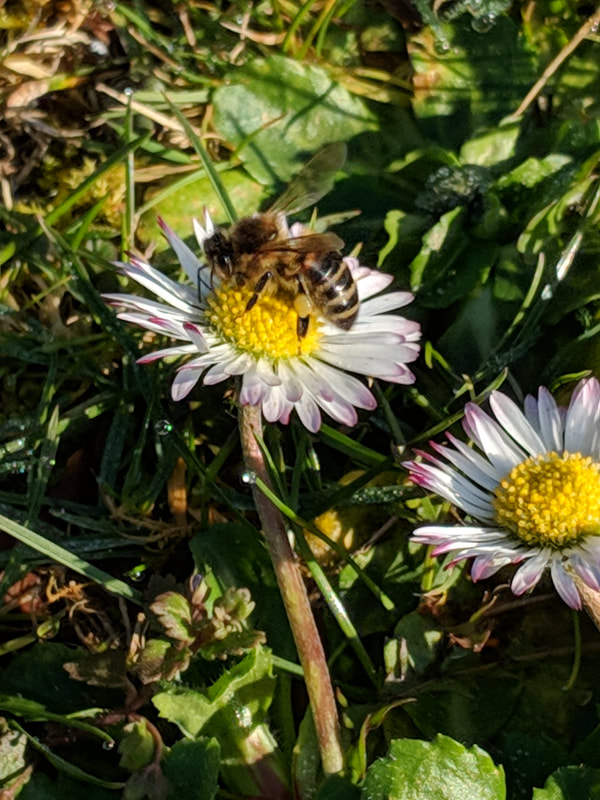
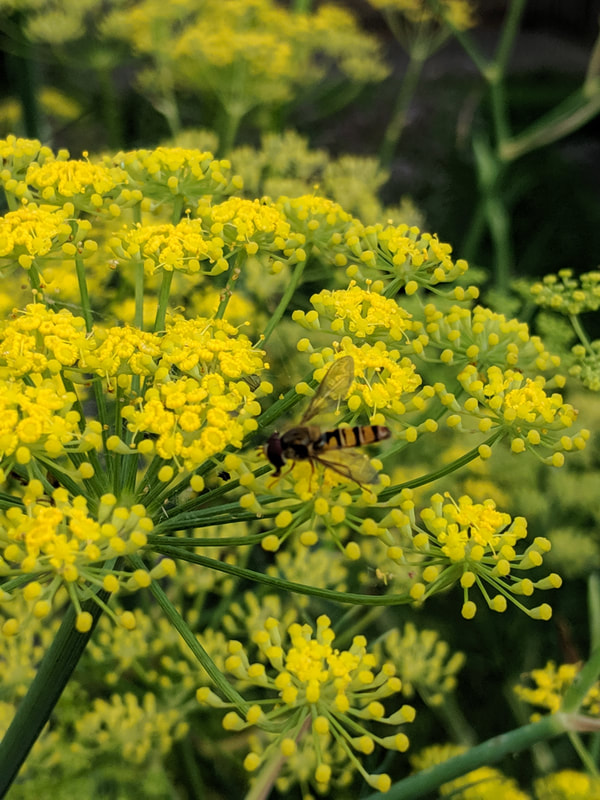
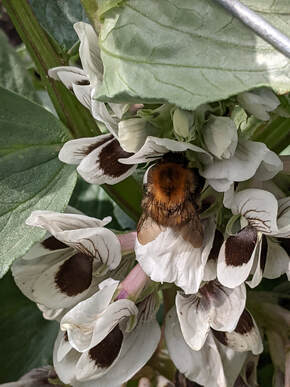
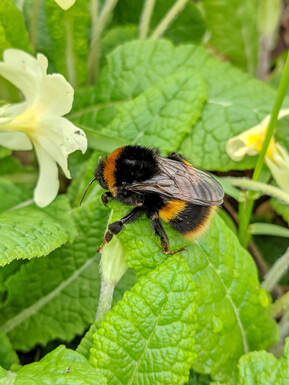
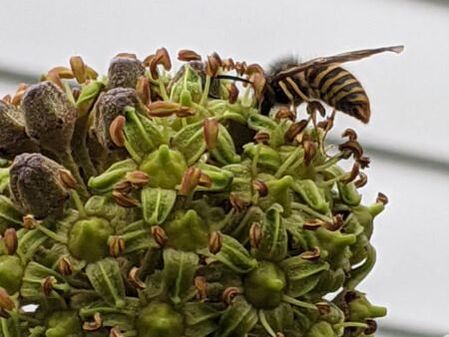
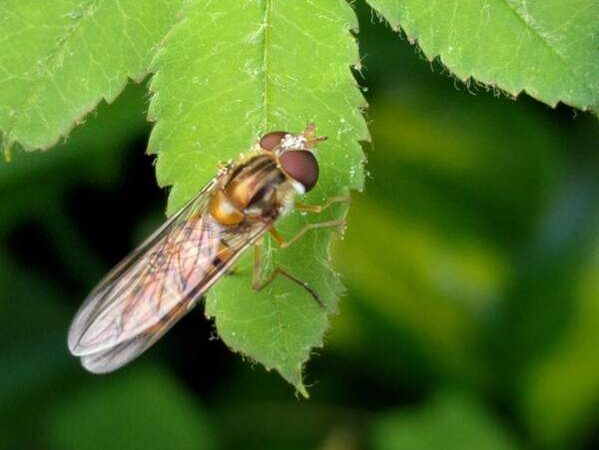
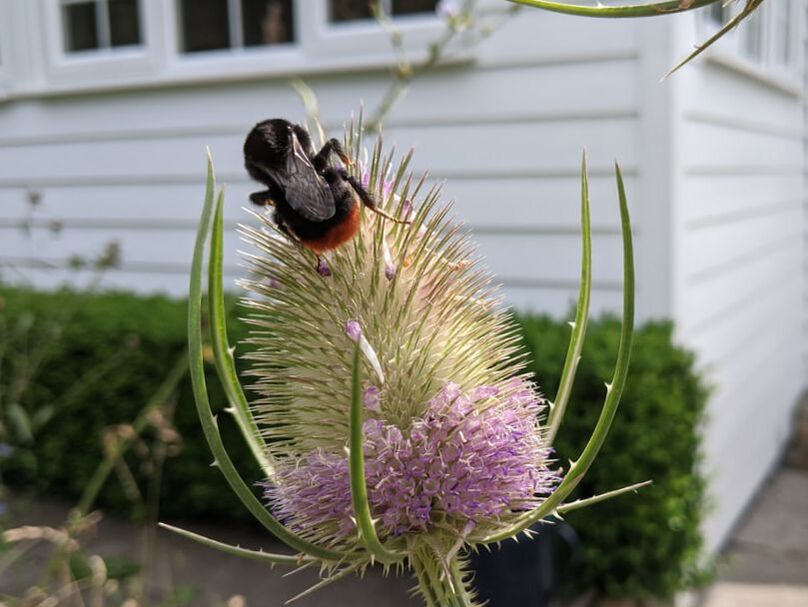
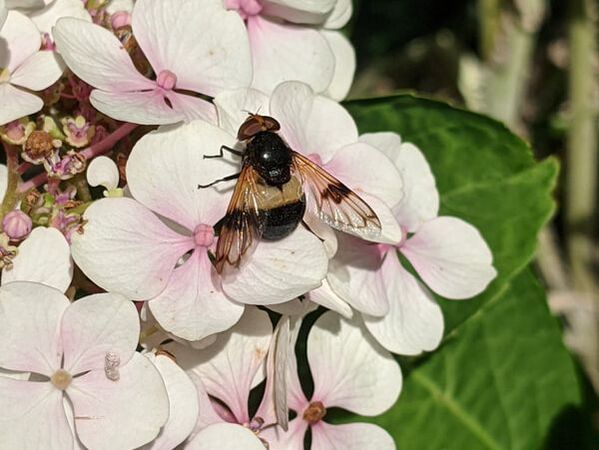
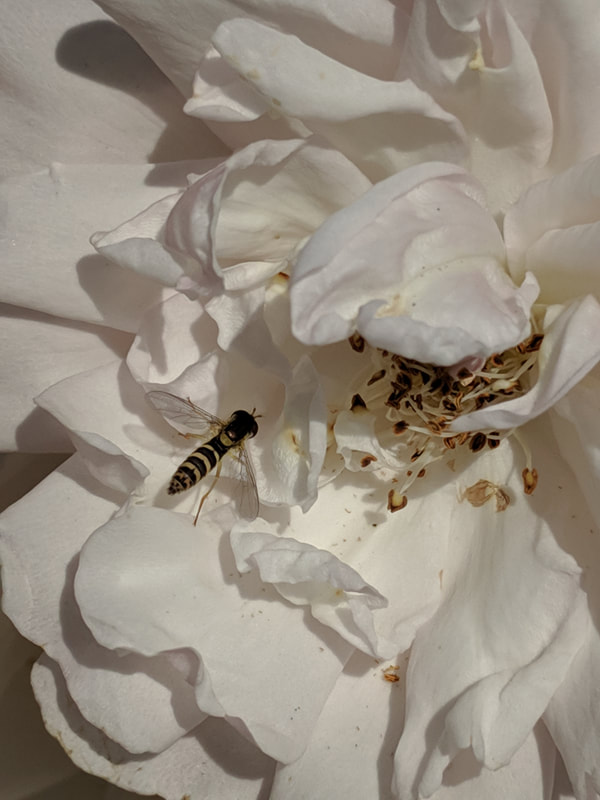
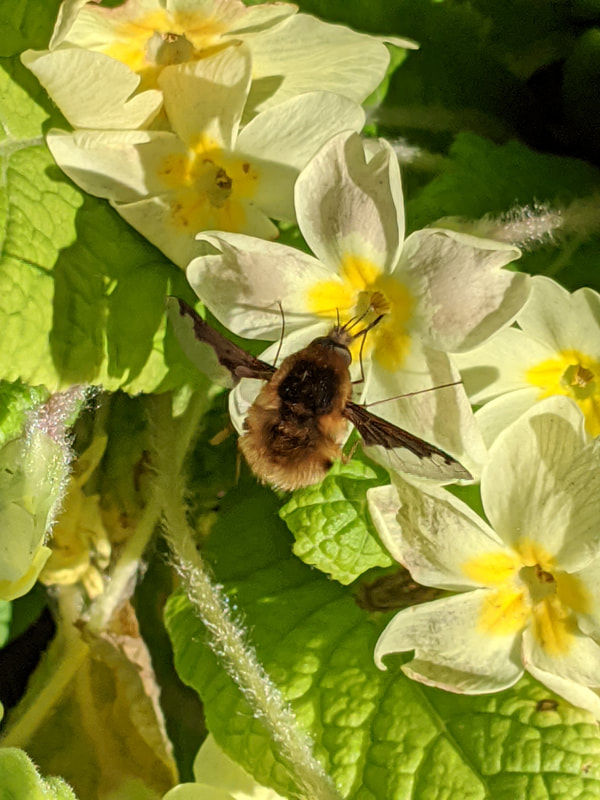
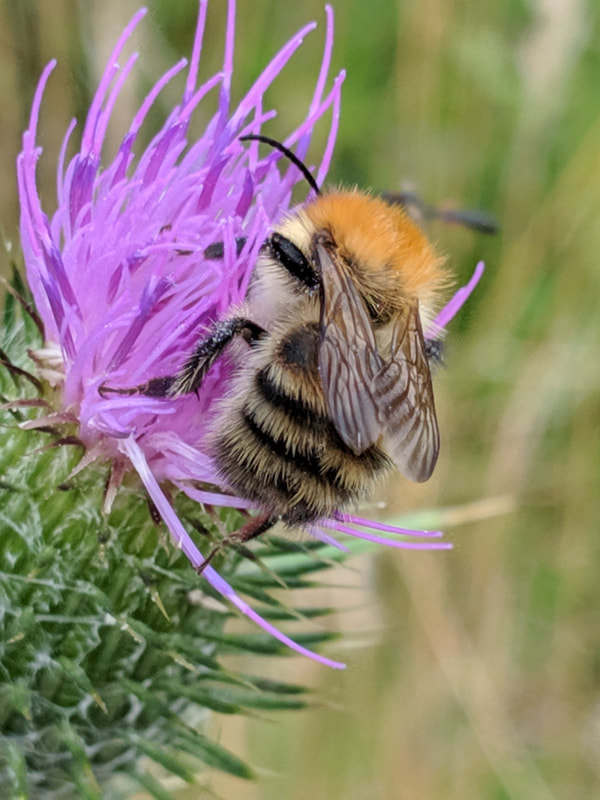
 RSS Feed
RSS Feed


